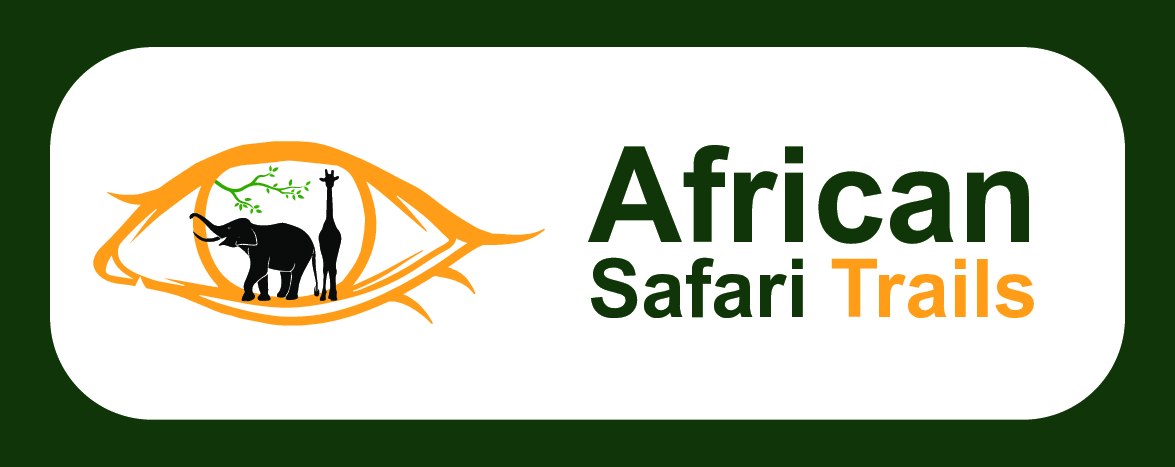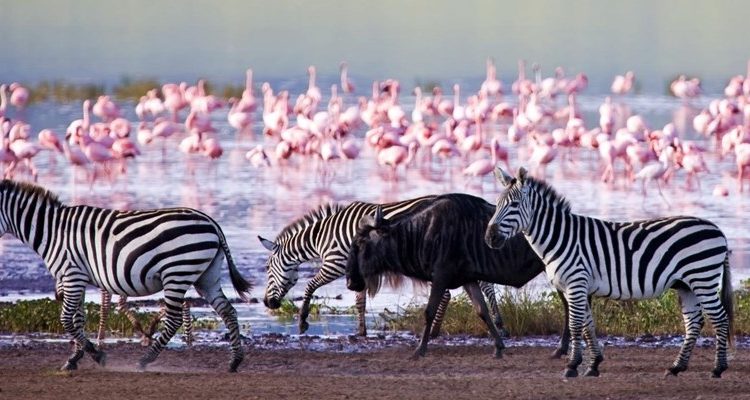Nestled in the heart of Kenya’s Great Rift Valley, Lake Nakuru National Park is one of Africa’s most iconic wildlife destinations, largely thanks to its vibrant spectacle of flamingos that fringe the lake’s shores. A visit to Lake Nakuru offers a unique blend of scenic beauty, birdwatching, and classic big game viewing, making it a must-stop on any Kenyan safari circuit. Whether you’re a bird lover, a photographer, or a first-time visitor to East Africa, this complete guide to Lake Nakuru’s flamingos will help you make the most of your experience.
The Flamingo Phenomenon
Lake Nakuru is globally famous for its massive population of lesser and greater flamingos. These elegant birds are drawn to the lake’s alkaline waters, which are rich in blue-green algae, their primary food source. At peak times, the shoreline turns a brilliant pink, as tens of thousands — sometimes hundreds of thousands — of flamingos gather in a breathtaking display.
The lesser flamingos, with their deep pink feathers and black-tipped bills, are the most numerous, while the greater flamingos are slightly larger, paler, and have a more curved beak. Together, they create a dynamic and ever-shifting pink sea that enchants visitors from around the world.
When to Visit for Flamingo Viewing
Flamingo numbers at Lake Nakuru fluctuate throughout the year, influenced by rainfall, water levels, and algae availability. The dry seasons (typically June to October and January to March) are usually the best times to see large concentrations of flamingos, as lower water levels encourage algae blooms.
However, due to climate change and shifting lake conditions, flamingos occasionally migrate to other Rift Valley lakes such as Bogoria or Elementaita. It’s wise to check with your tour operator or park authorities ahead of your visit for current birding conditions.
What Else to See in Lake Nakuru National Park
While flamingos are the star attraction, Lake Nakuru National Park offers much more than pink birds. The park is also a black and white rhino sanctuary, making it one of the best places in Kenya to spot these endangered giants. Other animals you can encounter include lions, leopards, Rothschild’s giraffes, zebras, buffaloes, and baboons.
Bird enthusiasts can look forward to over 450 species recorded in the park, including pelicans, cormorants, African fish eagles, and herons. The park’s landscapes are equally diverse — from acacia woodlands and open grasslands to rocky escarpments and dramatic waterfalls, such as the Makalia Falls.
Top Activities in the Park
-
Birdwatching: Ideal for beginner and seasoned birders alike, especially around the lake.
-
Game Drives: Early morning and late afternoon are the best times for wildlife spotting.
-
Picnicking: Designated areas offer scenic stops for a relaxed break amid nature.
-
Photography: The flamingos and backdrops of the Rift Valley offer endless photo opportunities.
-
Viewpoints: Baboon Cliff and Lion Hill provide panoramic views of the lake and park.
How to Get There
Lake Nakuru is conveniently located about 160 kilometers (3–4 hours) northwest of Nairobi, making it a popular day trip or overnight excursion. The park is accessible by both road and air, with the nearest airstrip located just outside Nakuru town. It is often combined with other destinations like the Masai Mara, Lake Naivasha, and Hell’s Gate National Park as part of a longer safari itinerary.
Accommodation Options
Lake Nakuru offers a wide range of accommodation choices, including lodges within the park, eco-friendly camps, and hotels in nearby Nakuru town. Options range from budget-friendly stays to luxurious lodges with lake views, making it easy to find something that fits your travel style.
Responsible Travel Tip
Because flamingos are sensitive to water conditions and human impact, it’s important to follow park rules during your visit. Avoid getting too close to the shoreline or disturbing bird flocks. Supporting eco-conscious lodges and guides helps ensure that the park remains a safe haven for wildlife and a beautiful destination for future generations.

